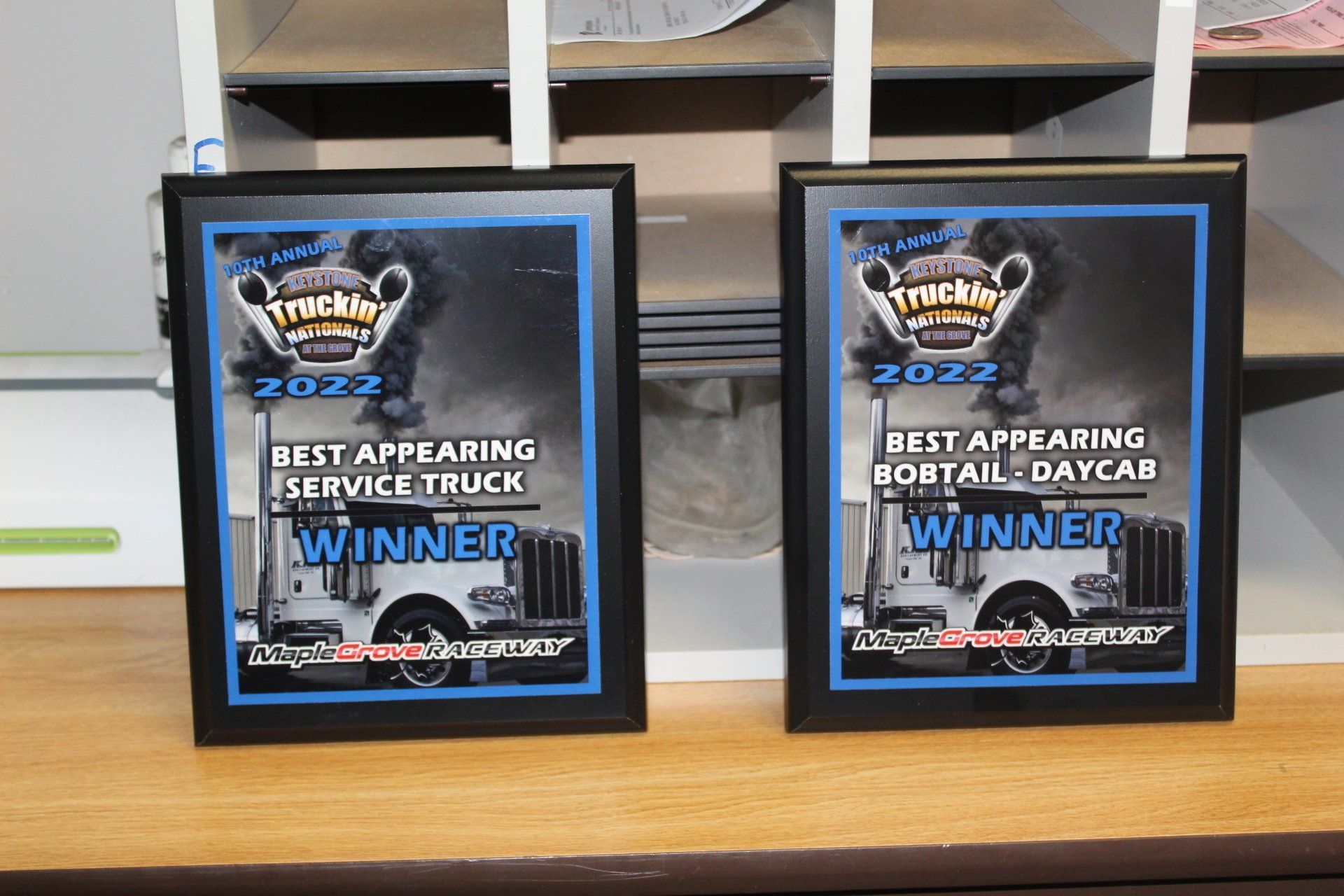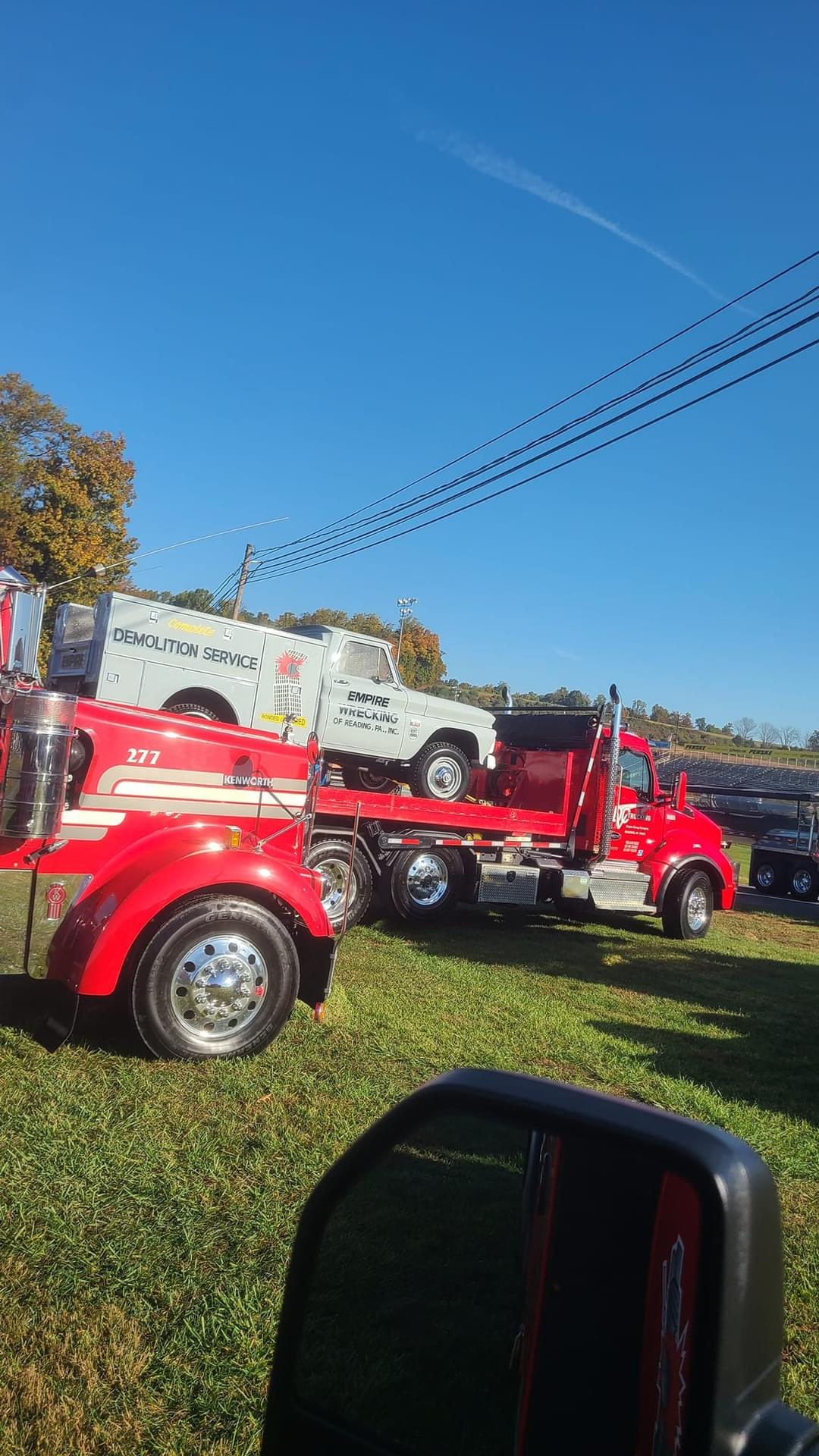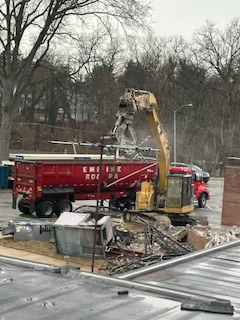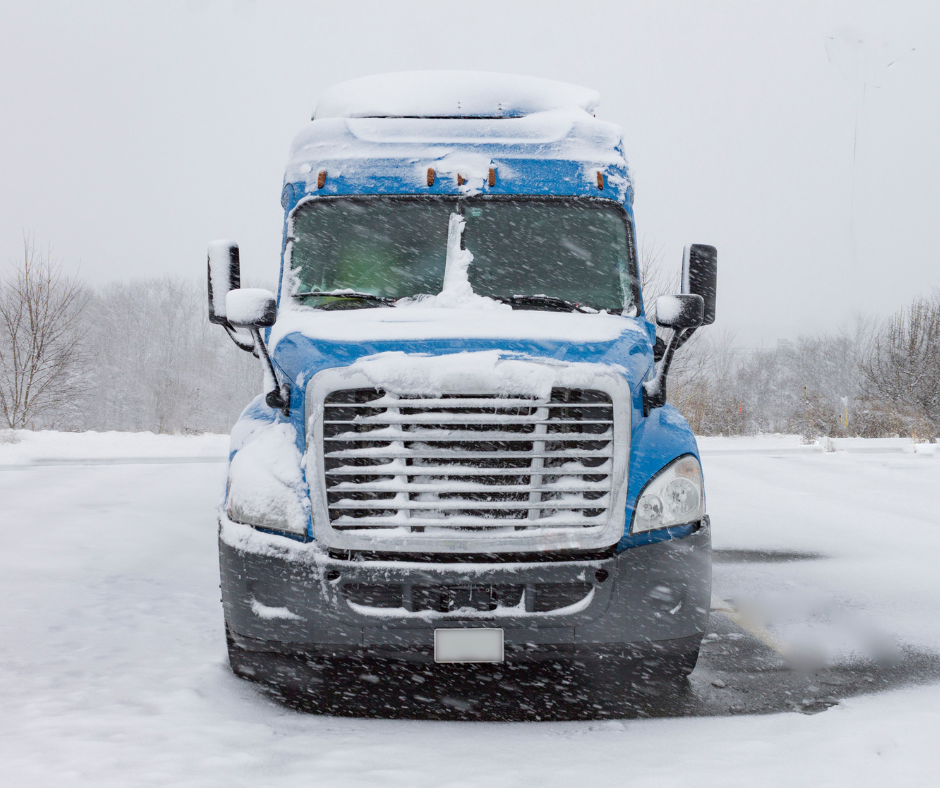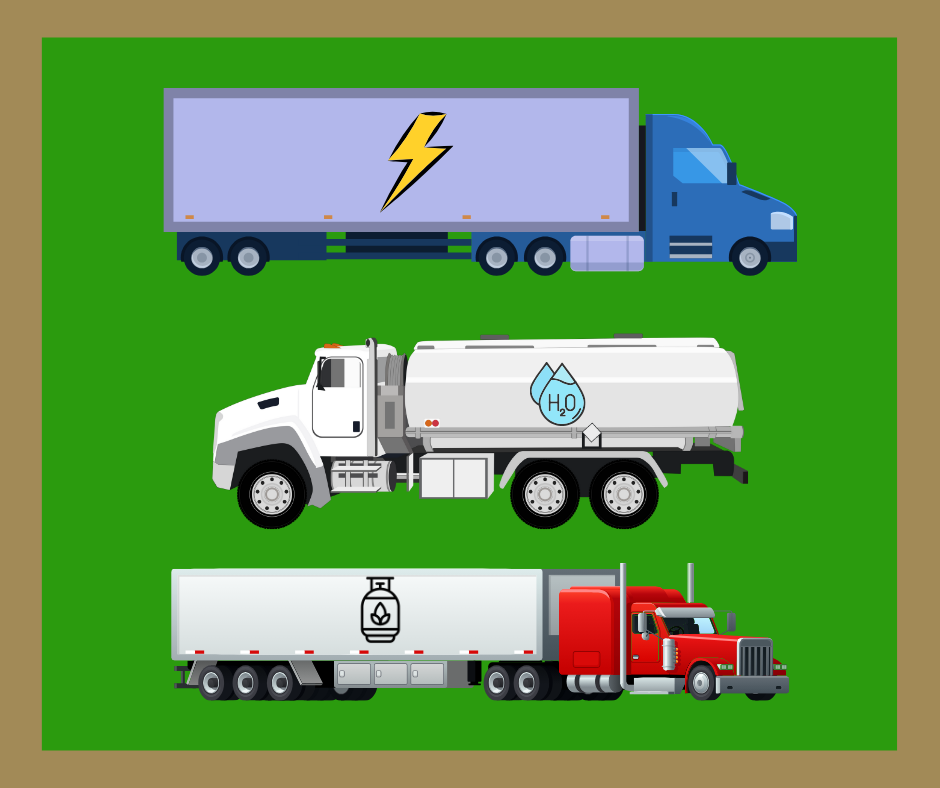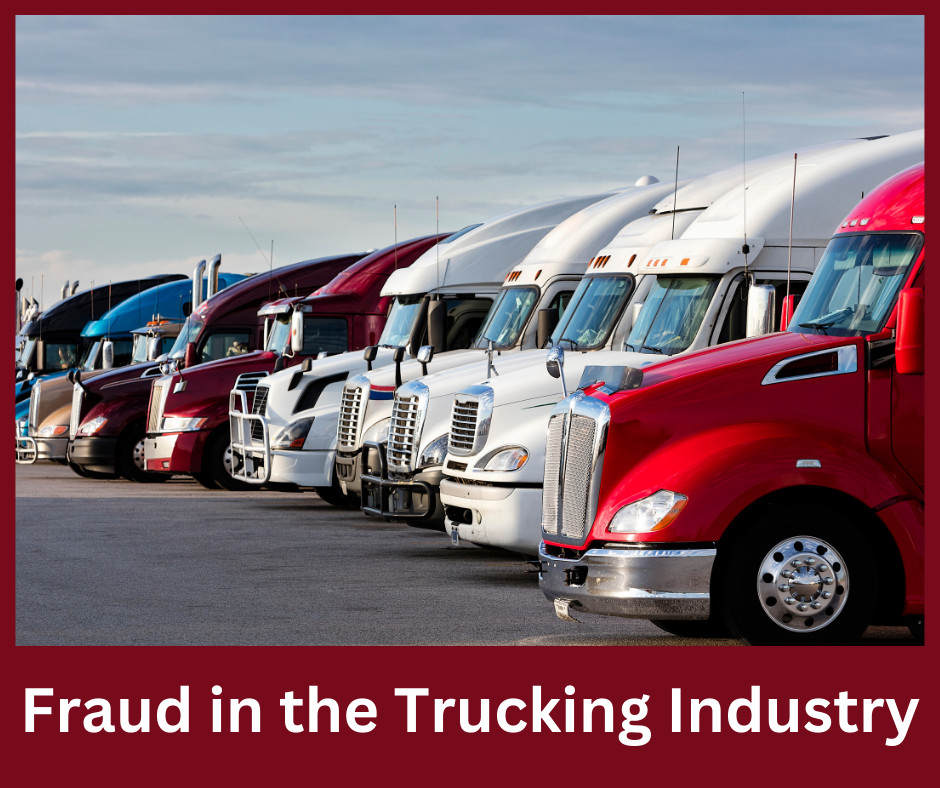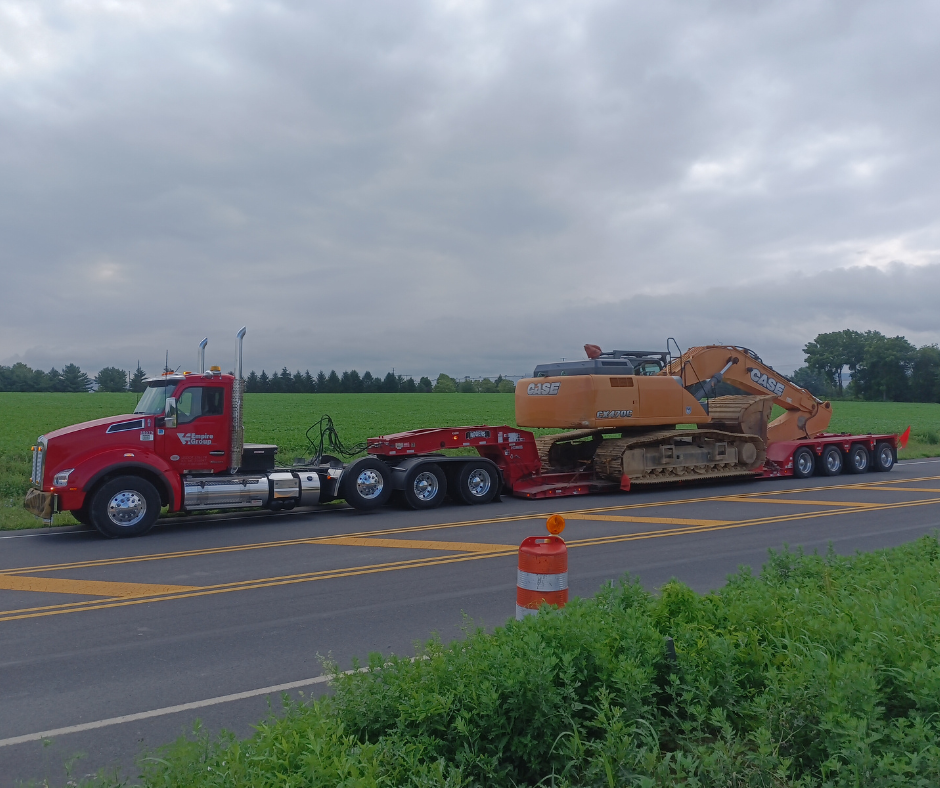By Delaware Valley Contractors
•
November 25, 2025
The holiday season is officially here—and so is one of the busiest travel periods of the year. Thanksgiving has long been known for packed highways, crowded interstates, and bumper-to-bumper traffic, and this year is shaping up to be even busier. According to AAA, more than 70 million people are expected to travel by car for Thanksgiving, that’s a 1.3 million increase from last year. With 90% of holiday travelers driving, congestion—and the risks that come with it—will be front and center on highways and local roads across the country. More vehicles on the road means a heightened need for focus, patience, and safe driving habits. Whether you’re heading across town or several states away, staying alert can help ensure a smooth and stress-free holiday. Why Thanksgiving Leads the Year in Traffic Beyond family gatherings and tradition, Thanksgiving’s travel surge happens because it’s one of the few holidays that inspires long-distance trips. Many Americans take advantage of extended weekends, remote work flexibility, and the opportunity to reconnect with loved ones. Unfortunately, the combination of heavier traffic, unpredictable weather, and distracted or rushed drivers increases the likelihood of accidents during this time. What Drivers Should Expect This Year With millions of additional vehicles expected on the road: Major highways may see long delays, especially Tuesday and Wednesday before Thanksgiving. Local roads around shopping centers, grocery stores, and community events will be busier than normal. Travel times may double—or even triple—during peak hours. More trucks on the road carrying goods and materials to retail and commercial businesses. Being prepared, staying patient, and practicing safe driving habits will go a long way toward keeping you and your passengers protected. Tips to Stay Safe Behind the Wheel This Holiday Season To help you navigate the holiday rush with confidence, keep these tips in mind: 1. Plan Ahead Check traffic conditions, weather forecasts, and construction zones before starting your trip. Early planning helps reduce stress and minimizes unexpected delays. 2. Avoid Distracted Driving Phones, navigation adjustments, and holiday playlists can wait. Stay focused and keep your eyes on the road at all times. Also, in Pennsylvania, it is against the law to hold a hand-held device (e.g., a cell phone) while driving. 3. Slow Down and Keep a Safe Distance With congestion on the rise, braking distances have become even more important. Allow extra space between your vehicle and the one ahead. 4. Prepare Your Vehicle Ensure your tires, lights, wipers, and fluids are ready for cold-weather travel. A quick inspection can prevent bigger issues down the road. 5. Stay Patient Holiday traffic is inevitable—but arriving safely is what matters most. Give yourself extra time and stay calm behind the wheel. Let's Stay Safe on the Road As millions take to the roads this Thanksgiving, safety should be a top priority. By staying alert, preparing ahead, and practicing defensive driving, you can help keep yourself—and everyone around you—safe. Here’s to a smooth, safe, and enjoyable holiday travel season. Happy Thanksgiving from Delaware Valley Contractors!

